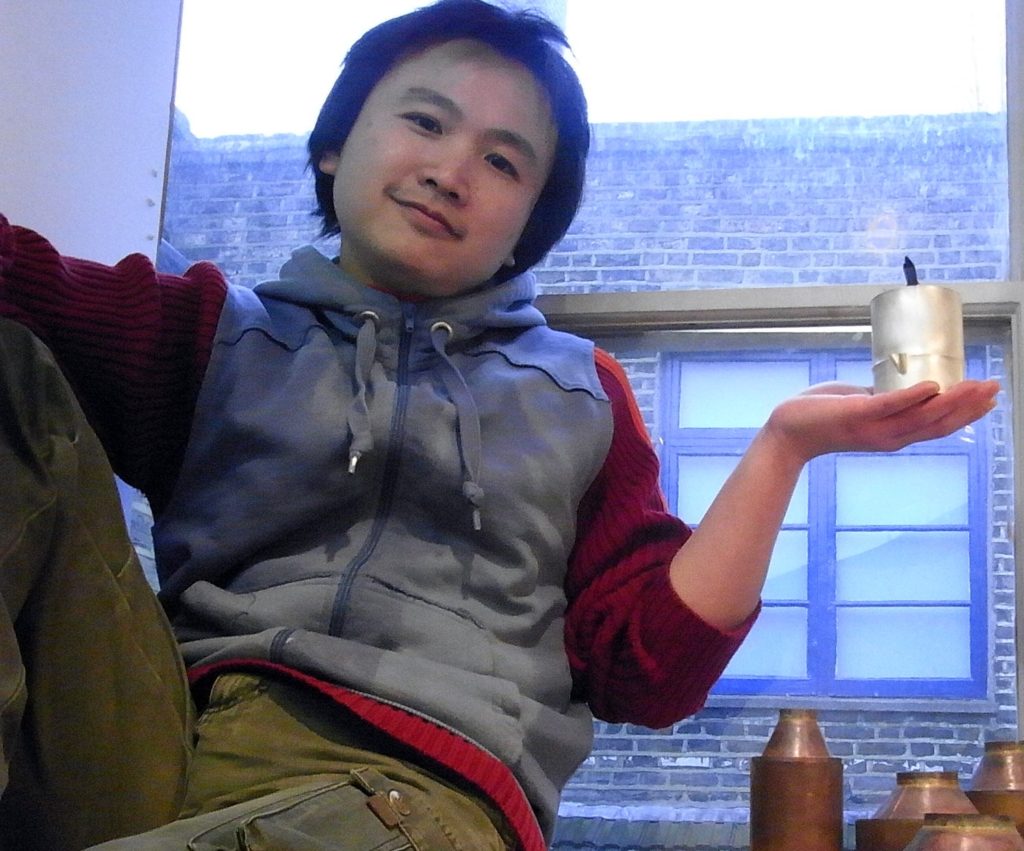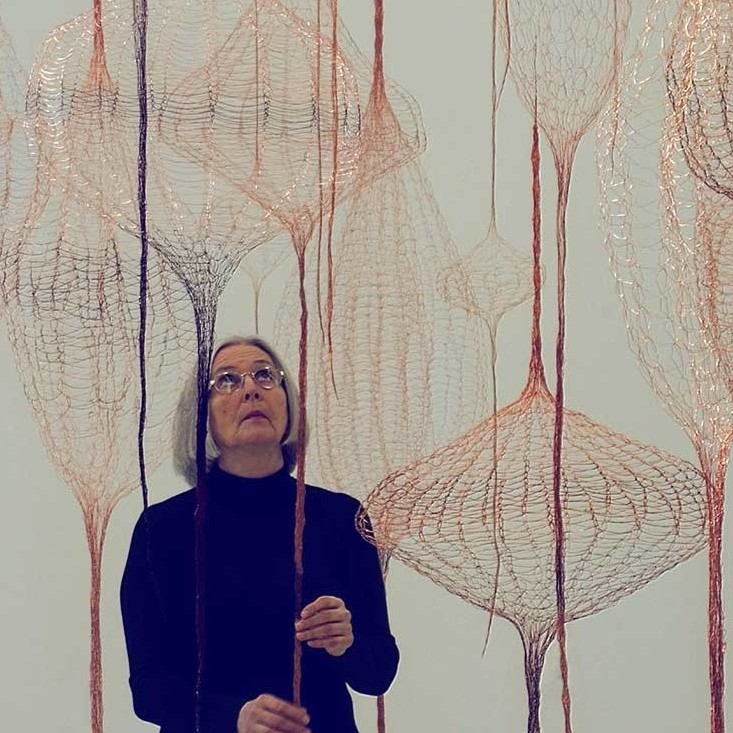Chien Wei Chang Metal Artist - Bournemouth, UK
You have been in the UK since 2000, what lead you to take this leap from Taiwan to UK?
I used to work in Tiffany & Co. Taiwan for nearly 4 years, 3 years in retail and one year in cooperation department. At the age of 29, I decided to quit my office job and go overseas to learn contemporary jewellery design. In the beginning, I applied to jewellery colleges in Germany, USA and England. The London Guildhall University contacted me first and offered me a place. Without any hesitation and knowledge about what the modern British society was like, I have booked my flight straight away and started my journey of living in Britain.

You comment on your relationship with silver, ‘I still love it as it was my original passion’ discuss.
I love silver’s characteristics and the process of making it work: treating it with fire to anneal it, using hammers to translate the invisible ideas into visual forms, and bathing it in water to cleanse it. When I place silver into acid to purify and turn it white, it feels as though I have completed a personal ritual – almost like a baptism.
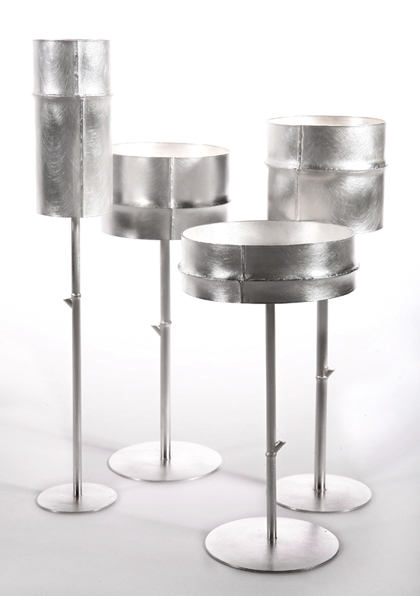 Bamboo Goblets
Bamboo Goblets
But after years working with silver, I have been trying very hard to break its traditional bond of serving as a material for function and the stereotypical image of its commercial value as a precious metal. Therefore, recent years I have also used different metals in my works to enhance the contrast with silver and combined metals (including silver) with various materials, such as found objects, glass, ceramics, resin, wood, etc. to enrich the visual vocabulary.

Smoking Bottles
However, I still see ‘silver’ as my favourite metal.
What other metals do you use?
Copper, brass, gold, steel, rusty nails, broken metal parts of tools/machines.
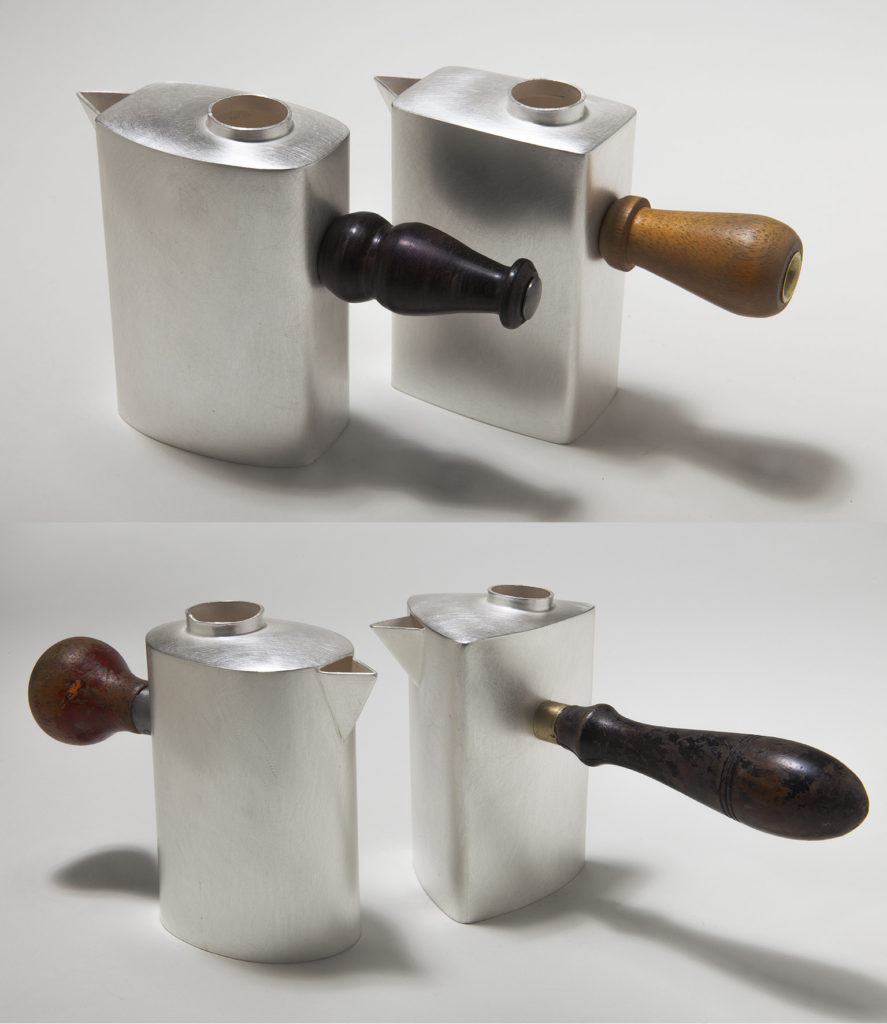
Handle Me I
With these new metals in your studio tell us about one that is new to you and why you have introducing it into your work?
There are some broken parts (metals) of machines or tools which I found in car boot sales. Usually I will display or hang them in certain arears in my studio so that I can see them from time to time. I like them because of the historical and nostalgic elements of found objects.

Cheese and Cake
With the indication of time (when they were produced or made) and place (where and who might have produced them), you can start an imaginary journey to trace back the habits, family background and domestic environment of owners. Definitely there are stories you can dig in.
Expand on the handles you use in your work.
I like to use metals to create vessel forms with handles, like extensions from the main bodies. Usually the handles will be different materials, such as a piece of off-cut wood
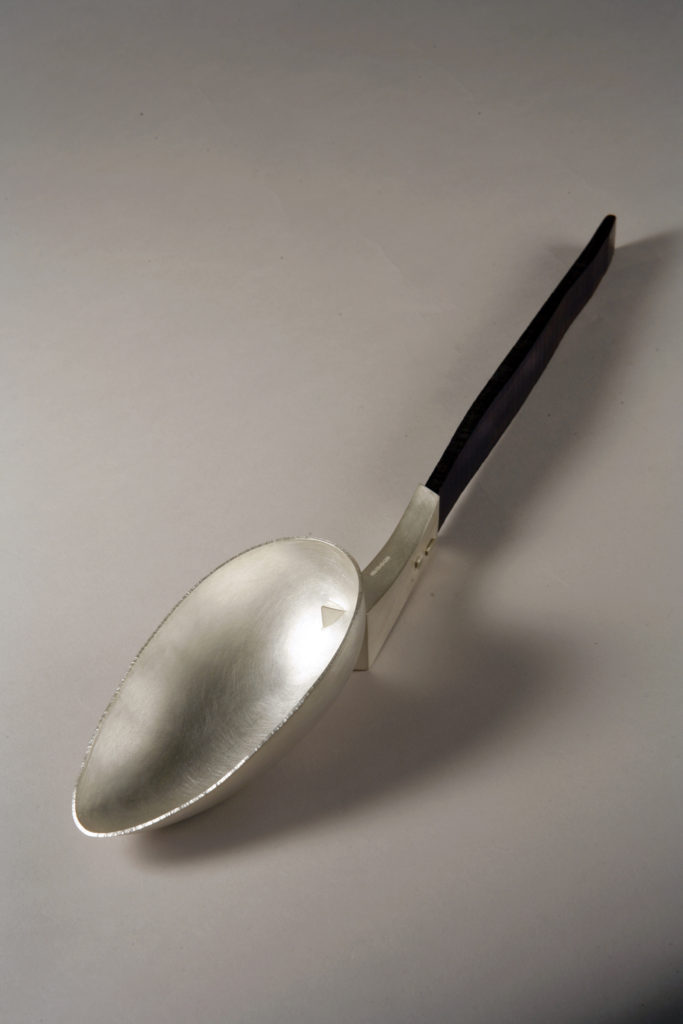 Irresistible Seduction of Downfall
Irresistible Seduction of Downfall
or a found ceramic shard.

‘Ashore’
I enjoy in the process of experimenting the different positions of the vessel form and the extension part. The way of how they are jointed together decides the relationship and interaction between them. I always try to add the dramatic element in my work in a poetic style.
Your work has developed and grown in demand. How and when do your put on an assistant?
How do you control the integrity of your work?
Honestly, I am a control freak when it comes to the creation of my work. I used to produce batch works as my bread and butter to make ends meet in my early career. Now, I am producing one-off pieces for the collectable market. Besides, one important feature of my work is the meticulous details. I love to experiment the various possibilities in the making process so that the outcome always is a surprise.
 My Broken Spoon
My Broken Spoon
With this kind of approach and attitude, it’s difficult to achieve with other people’s hands. However, there are some limitations of my own ability in terms of techniques and studio equipment, such as steel welding and cutting machine for large scale pieces. Therefore, some parts of my works will be produced by outworkers before the detailed discussion with professional technicians.
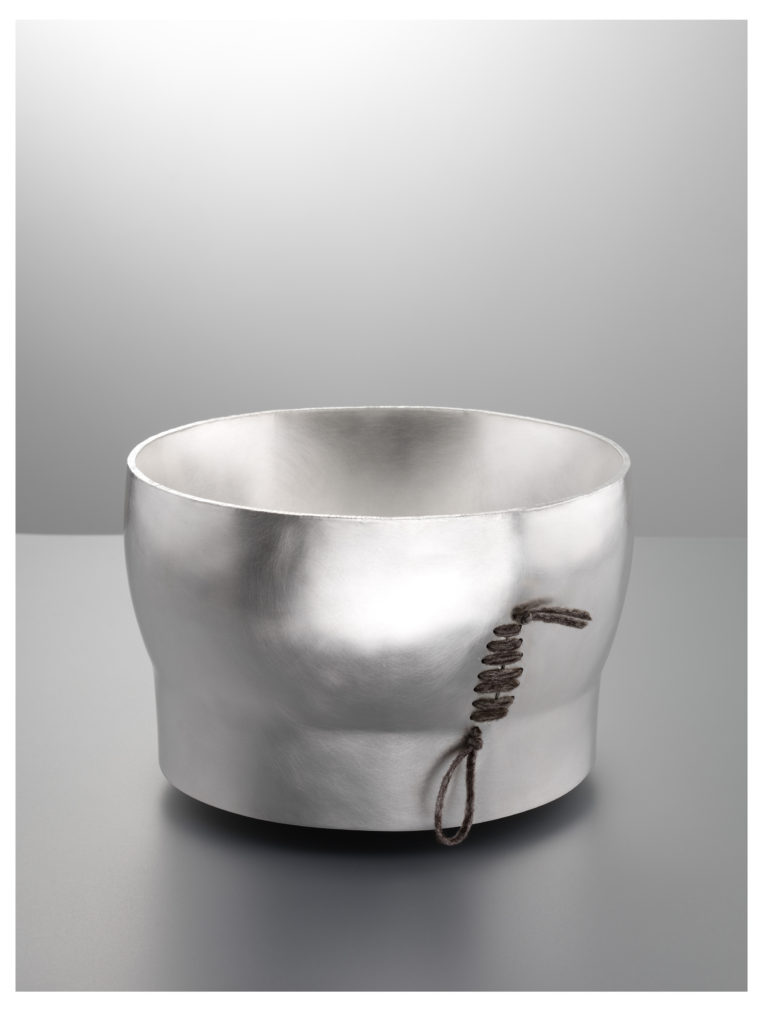 Wounded Souls in Healing Process
Wounded Souls in Healing Process
Discuss your work in relations the blending of East (your past) and West (your future).
I always believe that only the great art works with genuine honesty will really touch peoples’ hearts and move us. As for me, I always use my works to honestly reflect my own true experience in life. Therefore, the process of blending of East and West comes naturally, not intentionally.
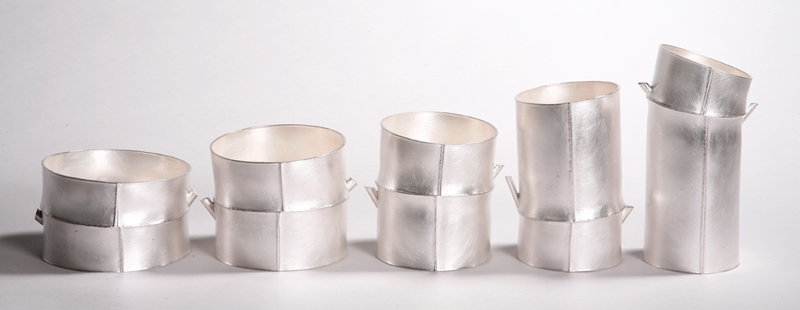
Bamboo Containers
As I stated in my writing, ‘Each piece I produce has a title and depicts different stage of the narrative of my life’. Since I already started my own journey from East to West years ago, the change is not only about physical and geographical, but also about the cultural, social even political. The reflection of how much East or West is just about the issue of time, when and where I am now and how long I will stay.
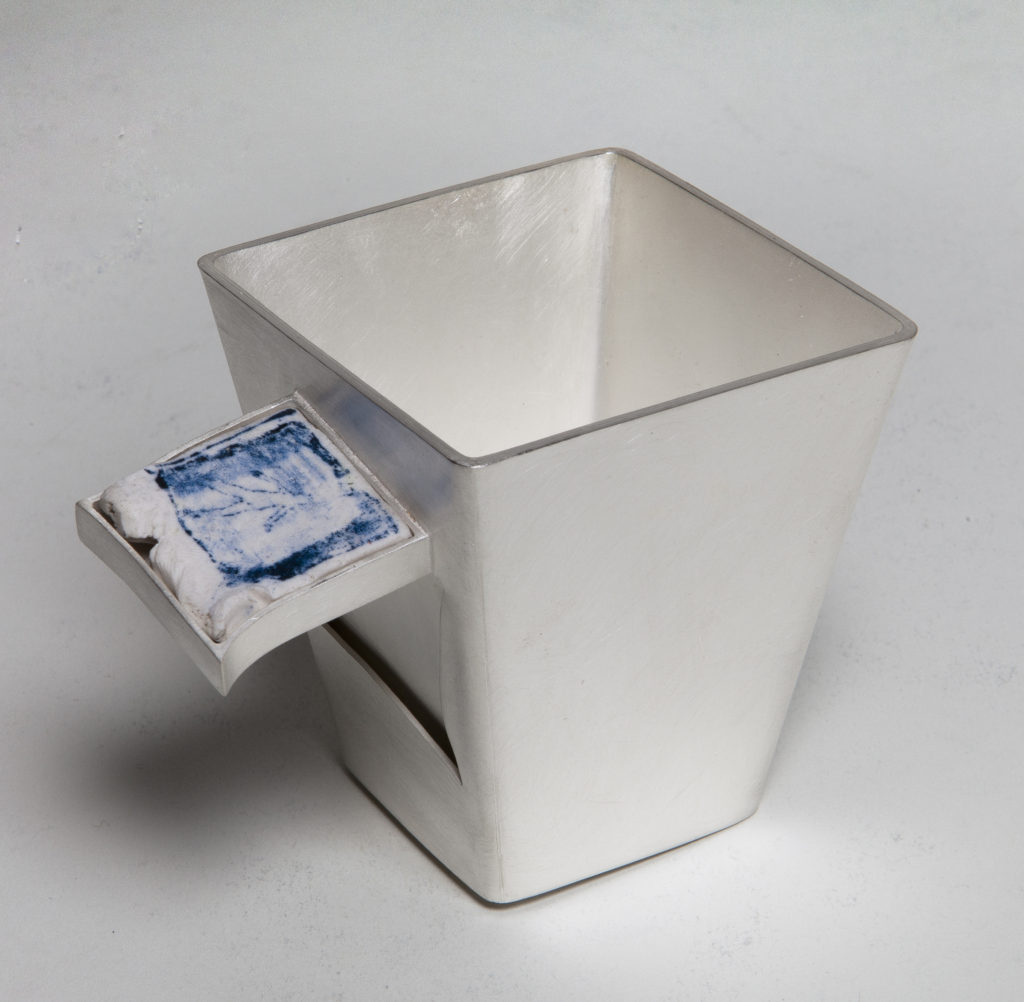
Key Stones – 1
How has your work altered from functional to the applied arts?
After several years working in the collectables market of British contemporary crafts, I began to establish myself as a metal artist working in the field of European applied arts. However, it began to strike me that the stereotypical image of craft held by the general public is still that of the functional, decorative, craft-made object, which although beautiful lacks a real sense of social context.

Perfectly Matched
I want to challenge this perception and try to prove that craft can step out of its domestic environment to engage with a wider public audience. That’s why during recent years I have started to combine/use various materials to produce large-scale sculptures or installation exhibitions in the public space.
Discuss the wonderful images especially of you and your huge ladles?
There is a common misunderstanding about this image. The model in this image is not me and this image is not done by Photoshop. The initial intention of this image is to show the actual scale of this ladle.
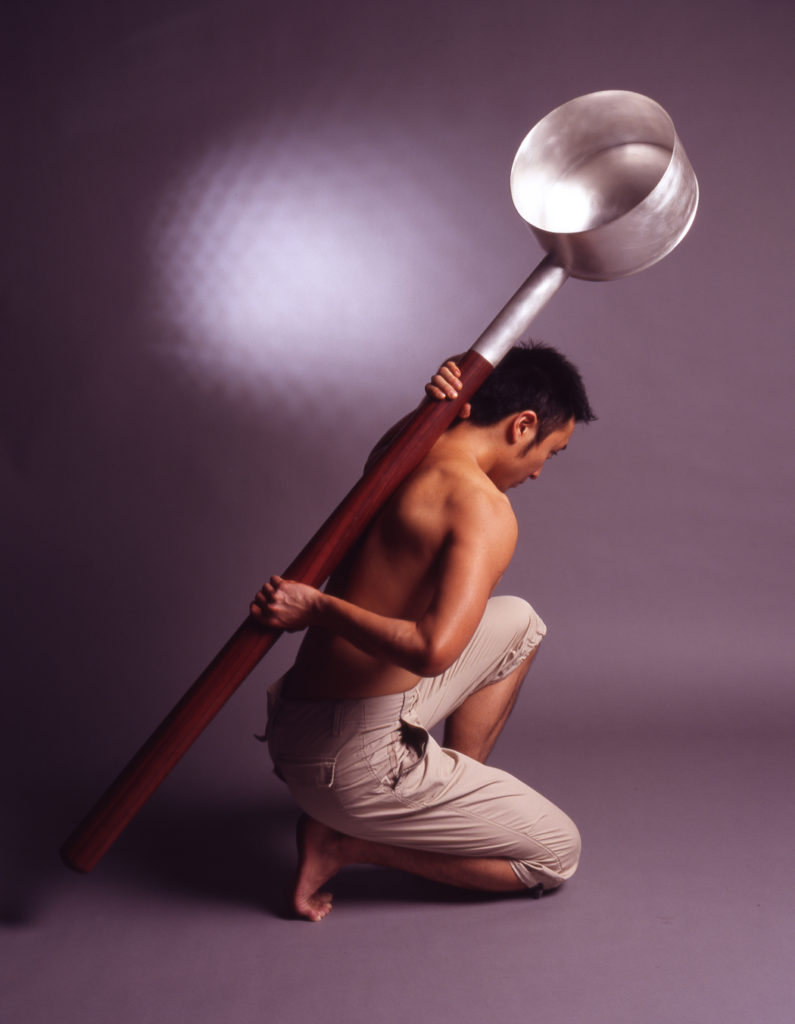
Huge Ladle, Photograph by Steven Brayane
When we were doing this photo shooting in studio, what I wanted to achieve was the theatrical effect of showing the battle between me and this ladle while I was making it. Therefore, I hired a male model and tried so many different positions of how he was handling this ladle. With several trials and long discussion with my photographer, Steven Brayane, we all agreed that this ladle was carried on his back really dramatised the conflict between the human body and this sculpture. As a result, this was a very successful image and people started to know me because of it. This image was on the cover of UK Crafts Magazine, September 2006 issue.
Expand on your comment, ‘Each piece I produce has a title and depicts different stage of the narrative of my life’.
A eulogy for my broken spoon

In my memory, I hardly can trace back to the very first encounter with this spoon.
Was it at a charity shop?
Or in a local car boot sale?
How could I remember…
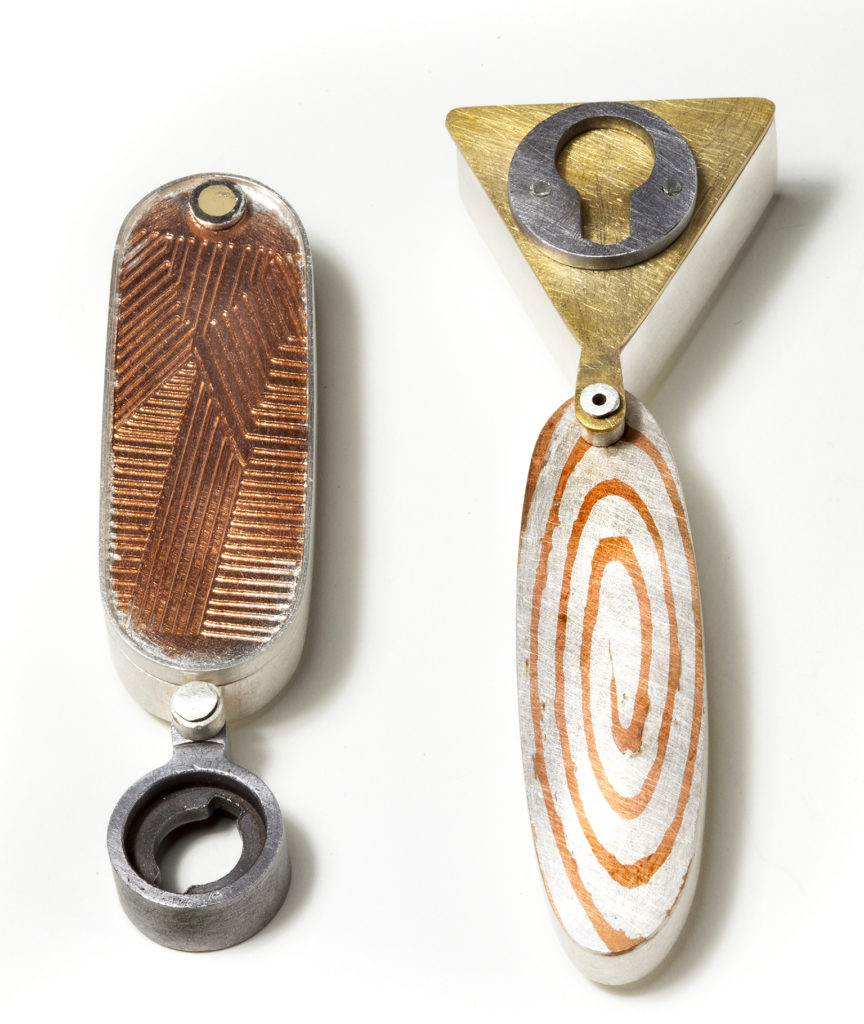
Missing Buttons
It is a common experience that someday we find buttons missing from a favourite item of clothing, but you found it was quite hard to find an identical replacement. This is especially true if the button is a bit unusual, and one that is not mass produced by fashion industry. Generally speaking, the design of buttons has a decisive effect on the appearance of clothes and becomes a key element of the new trend of fashion design.
The great irony in life is that we usually do not realise how valuable and irreplaceable it is, until we have finally lost it. No matter how hard we try to find something or someone to replace it, it is never the same!
To me, life is a story about those missing buttons.
Contact details:
Chien Wei Chang
Chien Wei Chang, Bournemouth, UK
Interview by Deborah Blakeley, December 2018
Think a colleague or friend could benefit from this interview?
Knowledge is one of the biggest assets in any business. So why not forward this on to your friends and colleagues so they too can start taking advantage of the insightful information the artist has given?
Other artists you may be interested in:


